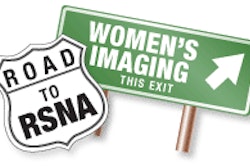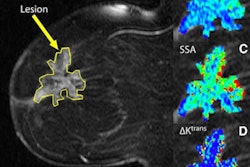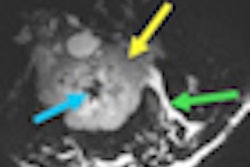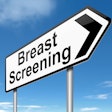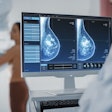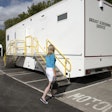Tuesday, November 29 | 9:40 a.m.-9:50 a.m. | MSVB31-06 | Arie Crown Theater
Digital breast tomosynthesis (DBT) has comparable sensitivity and specificity to standard diagnostic mammographic views for classifying noncalcified breast lesions, and could replace the latter technology, according to researchers at the University of Pittsburgh.Dr. Margarita Zuley and colleagues compared the diagnostic performance of DBT with additional digital mammography views meant to classify abnormal results found on initial mammography, ultrasound, clinical exam, or MRI. Their study included 217 lesions found in 182 patients who had both diagnostic digital mammography and DBT.
Of the 217 lesions, 182 were masses, 25 were asymmetries, and 10 were distortions found initially by clinical exam, mammography, ultrasound, or MRI. Results were confirmed with biopsy, an ultrasound showing an anechoic cyst, or one-year normal follow-up for benign stable asymmetries.
Zuley's group identified 72 cancers and 145 benign lesions. Across all cases, the biopsy recommendation rate -- defined as BI-RADS 4 or 5 -- was 58% using DBT, compared with 61% using additional digital mammography views. DBT's specificity was 55% and sensitivity was 86%; additional digital mammography views' specificity was 52% and sensitivity was 88%.
DBT may be able to replace the use of supplemental diagnostic mammography images to evaluate women suspected of having noncalcified breast lesions, Zuley and colleagues concluded.





